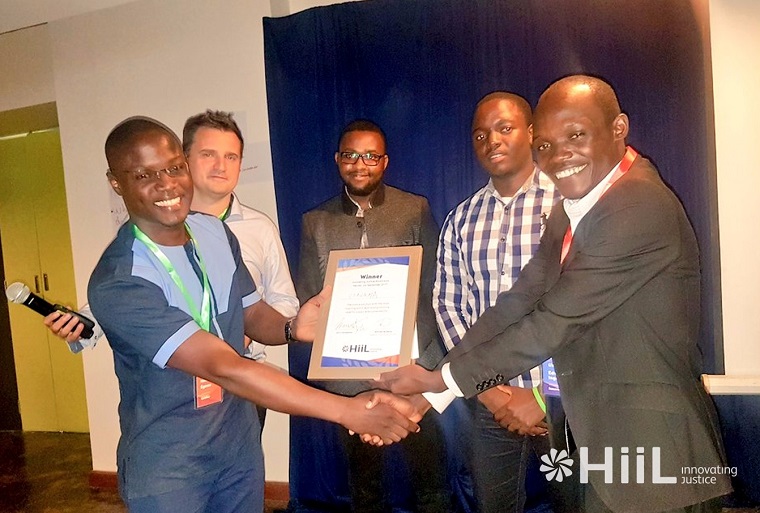Kenyan startup Usalama is linking users to emergency service providers via mobile, while providing access to real-time data on an online response centre.
The Usalama platform has three interlinked components: an end user mobile app linked to the online response centre for emergency providers, which in turn is linked to the agent app for their field agents on the ground.
When in distress, users simply shake their phone to open the app or long press volume down to trigger a distress. This distress notification contains the user’s exact GPS coordinates, their name, phone number and other data.
The distress call is sent to the user’s next of kin and to the online response centre of the emergency provider. 3.The service provider forwards it to their agent app, with the recipient agent then able to respond.
“Our focus as of now is on four types of emergencies: medical emergencies, security emergencies, roadside rescue and gender-based violence. In each of these areas we seek emergency service providers that offer services in the respective sector and sign them up for our platform,” co-founder Edwin Inganji told Disrupt Africa.
The idea for Usalama was born back in 2012, when Inganji was a freshman at Strathmore University in Nairobi.
“One evening while going home I was suddenly surrounded by four men at gunpoint. I sadly realised that there was no way I could call for help. One of them punched me in the gut and as I was writhing in pain they ransacked me. The ordeal lasted for five minutes but afterwards I saw a problem,” he said.
“In Kenya the emergency 911 system has been neglected and is not functional. The current methods of accessing emergencies are slow, cumbersome and ineffective, while the emergency service providers are poorly linked to people in distress, which leads to slow responses, worsened injuries and some cases death.
This is confirmed by statistics released by Kenya’s Independent Police Oversight Authority in 2014. A total of 75,000 major assaults occur annually, yet only 20 per cent get reported to the authorities.
Usalama was created to fix this problem, with the first version of the app launched in August 2017.
“We saw was the poor linkage between victims of emergencies and service providers. Our solution is an open architecture that links emergency service providers to end users who may need help during emergency in a fast, efficient and effective way,” Inganji said.
“This means that as many emergency service providers can be linked to as many end users. The users can be well informed on the important profile details of providers, like their response rate.”
The self funded Usalama is generating revenue from charging the emergency service providers monthly for using its platform, while it has won a host of awards. So far it has 4,000 active downloads, and has linked 2,500 to assistance.
“The opportunity here is amazing. Because the problem is not just in Kenya but all over Africa. In Kenya alone there 2,000 emergency service providers, and with 67 per cent smartphone penetration the market is estimated at 10 billion dollars,” Inganji said.
“The crucial milestone in the mid-term is to grow from seven providers to 20 providers across all major cities. At the end of the 12 months we will look to add governmental emergency services on the platform to extend the reach of our app and ensure efficient emergency services to all users, at the tap of a button. Afterwards we plan to expand to East Africa and finally the rest of Africa in the long term,” said Inganji.


